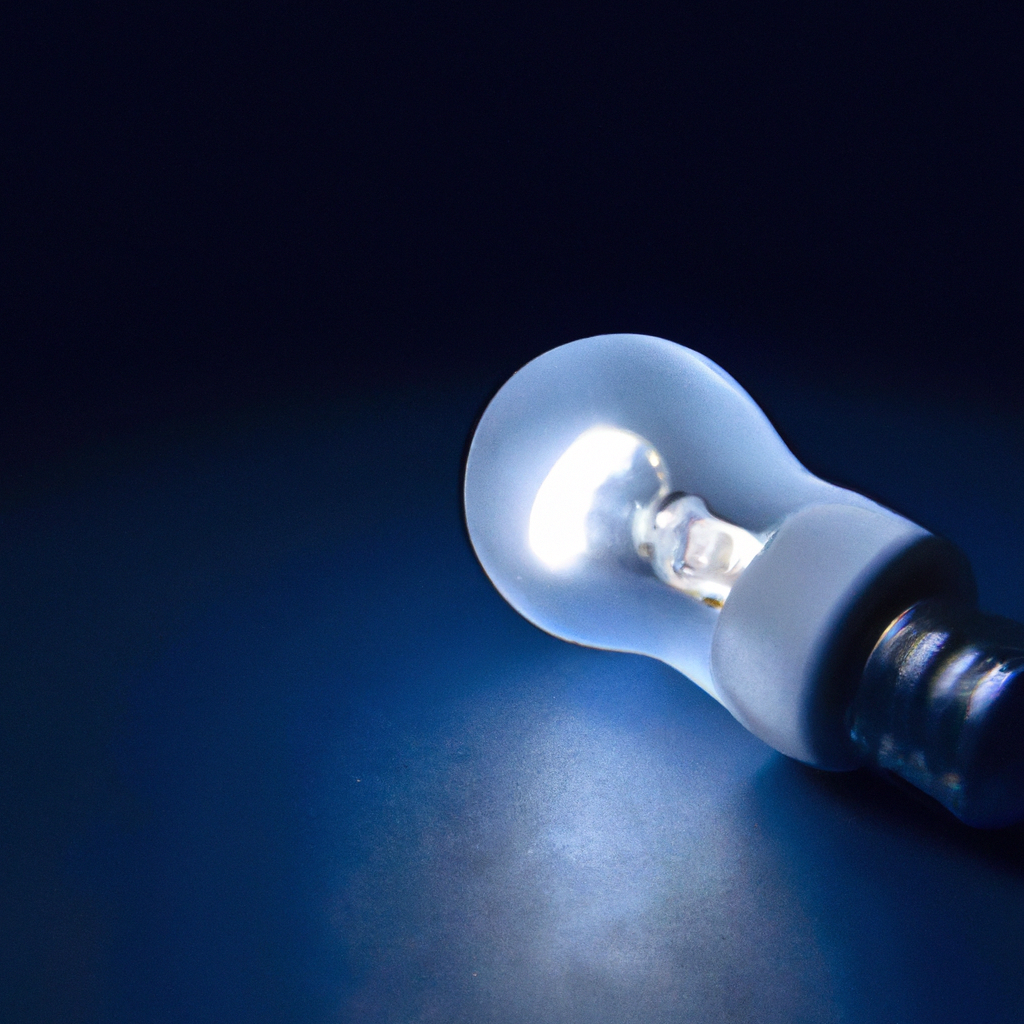LED light technology has gained immense popularity over the years, with more people opting for LED lighting solutions in their homes, offices, and other spaces. LED lights have revolutionized the lighting industry by providing a more efficient and cost-effective alternative to traditional lighting solutions. However, many people are still curious about how an LED light emits light. In this article, we will explore the working principle of LED technology and explain how an LED light emits light. We will also compare LED lighting technology with traditional lighting solutions and highlight the benefits of LED lights.
Working Principle of LED Technology
LED stands for Light Emitting Diode, which is a device that converts electricity into light. The LED consists of a semiconductor material that is doped with impurities that create an excess of negatively charged electrons and positively charged holes. When a voltage is applied to the LED, the electrons and holes combine, releasing energy in the form of photons. The color of the light emitted by the LED depends on the type of semiconductor material used and the amount of energy released.
LED lights are designed to emit light in a specific direction, unlike traditional lighting solutions that emit light in all directions. This is achieved by using a reflector or lens that directs the light in a specific direction. LED lights are also more efficient than traditional lighting solutions, as they convert up to 80% of the energy they consume into light, while traditional lighting solutions convert only 20% of the energy into light.
LED vs Traditional Lighting
LED lights have several advantages over traditional lighting solutions. Firstly, LED lights are more energy-efficient, as they consume less energy and emit more light. This results in significant cost savings on electricity bills, especially for commercial and industrial spaces that require a lot of lighting. Secondly, LED lights have a longer lifespan than traditional lighting solutions. LED lights can last up to 50,000 hours, while traditional lighting solutions last only up to 10,000 hours. This means that LED lights require less frequent replacement, resulting in lower maintenance costs.
LED lights are also eco-friendly, as they do not contain toxic materials such as mercury, which is present in traditional lighting solutions such as fluorescent bulbs. LED lights also emit less heat, making them safer to use and reducing the need for air conditioning in spaces with a lot of lighting.
Benefits of LED Lights
LED lights offer several benefits over traditional lighting solutions. Firstly, LED lights are more energy-efficient, which means that they consume less energy and emit more light. This results in significant cost savings on electricity bills, especially for commercial and industrial spaces that require a lot of lighting. Secondly, LED lights have a longer lifespan than traditional lighting solutions. LED lights can last up to 50,000 hours, while traditional lighting solutions last only up to 10,000 hours. This means that LED lights require less frequent replacement, resulting in lower maintenance costs.
LED lights are also eco-friendly, as they do not contain toxic materials such as mercury, which is present in traditional lighting solutions such as fluorescent bulbs. LED lights also emit less heat, making them safer to use and reducing the need for air conditioning in spaces with a lot of lighting.
Conclusion
In conclusion, LED lights emit light through the conversion of electricity into light using a semiconductor material that is doped with impurities. LED lights are more efficient, have a longer lifespan, and are eco-friendly compared to traditional lighting solutions. The benefits of LED lights make them a popular choice for lighting solutions in homes, offices, and other spaces.







